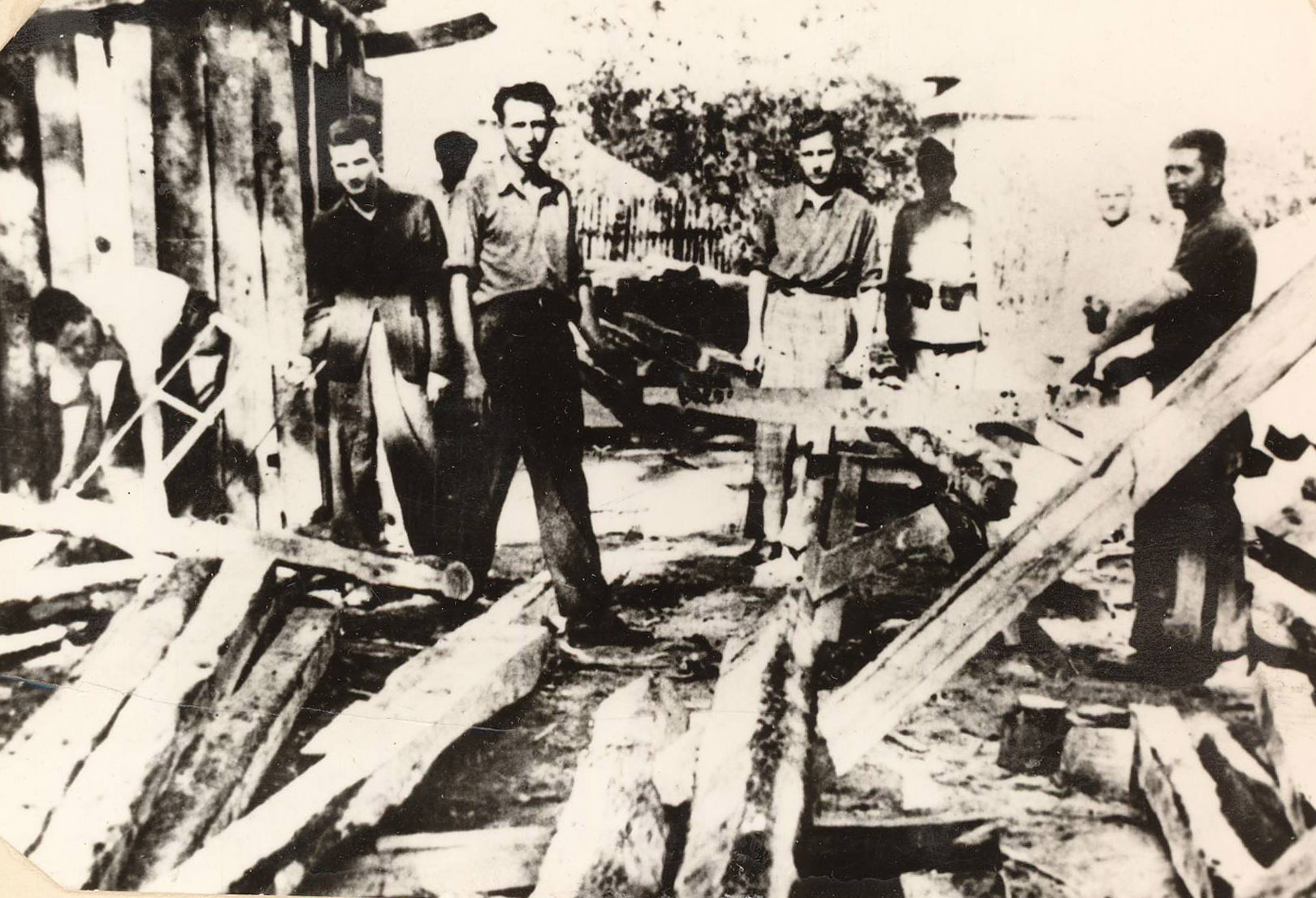Romanian Communist Party
 The Romanian Communist Party ( ; PCR) was a communist party in Romania. The successor to the pro-Bolshevik wing of the Socialist Party of Romania, it gave an ideological endorsement to a communist revolution that would replace the social system of the Kingdom of Romania. After being outlawed in 1924, the PCR remained a minor and illegal grouping for much of the interwar period and submitted to direct Comintern control. During the 1920s and the 1930s, most of its activists were imprisoned or took refuge in the Soviet Union, which led to the creation of competing factions that sometimes came into open conflict. That did not prevent the party from participating in the political life of the country through various front organizations, most notably the Peasant Workers' Bloc. In 1934–1936, PCR reformed itself in the mainland of Romania properly, with foreign observers predicting a possible communist takeover in Romania. The party emerged as a powerful actor on the Romanian political scene in August 1944, when it became involved in the royal coup that toppled the pro-Nazi government of Ion Antonescu. With support from Soviet occupational forces, the PCR pressured King Michael I into abdicating, and it established the Romanian People's Republic in December 1947.
The Romanian Communist Party ( ; PCR) was a communist party in Romania. The successor to the pro-Bolshevik wing of the Socialist Party of Romania, it gave an ideological endorsement to a communist revolution that would replace the social system of the Kingdom of Romania. After being outlawed in 1924, the PCR remained a minor and illegal grouping for much of the interwar period and submitted to direct Comintern control. During the 1920s and the 1930s, most of its activists were imprisoned or took refuge in the Soviet Union, which led to the creation of competing factions that sometimes came into open conflict. That did not prevent the party from participating in the political life of the country through various front organizations, most notably the Peasant Workers' Bloc. In 1934–1936, PCR reformed itself in the mainland of Romania properly, with foreign observers predicting a possible communist takeover in Romania. The party emerged as a powerful actor on the Romanian political scene in August 1944, when it became involved in the royal coup that toppled the pro-Nazi government of Ion Antonescu. With support from Soviet occupational forces, the PCR pressured King Michael I into abdicating, and it established the Romanian People's Republic in December 1947.The party operated as the '''Romanian Workers' Party''' (''Partidul Muncitoresc Romîn'' between 1948 and 1964 and ''Partidul Muncitoresc Român'' in 1964 and 1965) until it was officially renamed by Nicolae Ceaușescu, who had just been elected secretary general. Other legal, political parties existed in Romania, but their influence was limited and they were subordinate to the constitutionally-authorised leading role of the PCR. All other legal parties and entities were part of the Communist-dominated National Front. The PCR was a communist party, organized based on democratic centralism, a principle conceived by Russian Marxist theoretician Vladimir Lenin, which entails a democratic and open discussion on policy on the condition of unity in upholding agreed-upon policies. The highest body within the PCR was the Party Congress, which began in 1969 to convene every five years. The Central Committee was the highest body when Congress was not in session. Because the Central Committee met only twice a year, most day-to-day duties and responsibilities were vested in Politburo. The party leader held the office of General Secretary and, after 1945, held significant influence over the government. Between 1974 and 1989, the General Secretary also held the office of President of Romania.
Ideologically, the PCR was committed to Marxism–Leninism, a fusion of the original ideas of German philosopher and economic theorist Karl Marx, and Lenin, was introduced in 1929 by the Soviet leader Joseph Stalin, as the party's guiding ideology and would remain so through much of its existence. In 1948, the Communist Party absorbed the Romanian Social Democratic Party and attracted various new members. In the early 1950s, the group around Gheorghe Gheorghiu-Dej, with support from Stalin, defeated all other factions and achieved full control over the party and country. After the late 1950s, the party gradually theorized a "national path" to communism. At the same time, however, the party delayed the time to join its Warsaw Pact brethren in de-Stalinization. The PCR's Romanian nationalist and stance was continued under the leadership of Nicolae Ceaușescu. Following an episode of liberalization in the late 1960s, Ceaușescu again adopted a hard line by imposing the "July Theses", re-Stalinizing the party's rule by intensifying the spread of Marxist–Leninist ideology in Romanian society and solidifying a national communist line. At the same time, he consolidated his grip on power whilst using the party's authority to brew a pervasive cult of personality. Over the years, the PCR massively increased to become entirely submitted to Ceaușescu's will. From the 1960s onward, it had a reputation for being far more independent of the Soviet Union than its brethren in the Warsaw Pact. However, it also became the most hardline party in the Eastern Bloc, which harmed its relationship with the Communist Party of the Soviet Union. It collapsed in 1989 in the wake of the Romanian revolution, but Romania kept its socialist-era constitution until 1991. Romania also retained its membership in the Warsaw Pact until its dissolution on 1 July 1991; that role had been largely symbolic since the late 1960s.
The PCR co-ordinated several organizations during its existence, including the Union of Communist Youth, and organized training for its cadres at the Ștefan Gheorghiu Academy (future SNSPA). In addition to ''Scînteia'', its official platform and main newspaper between 1931 and 1989, the party issued several local and national publications at various points in its history (including, after 1944, ''România Liberă''). Provided by Wikipedia
1
Published 1977
“...Partidul Comunist Român...”
Book
